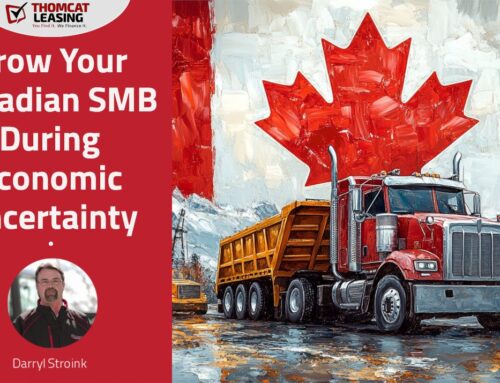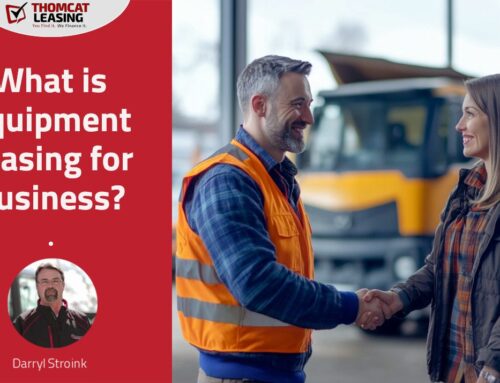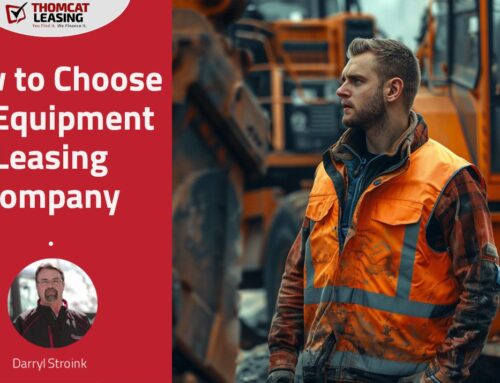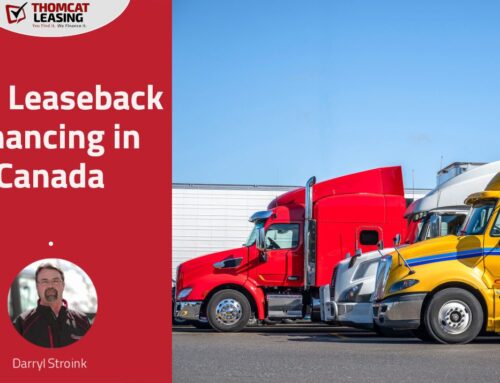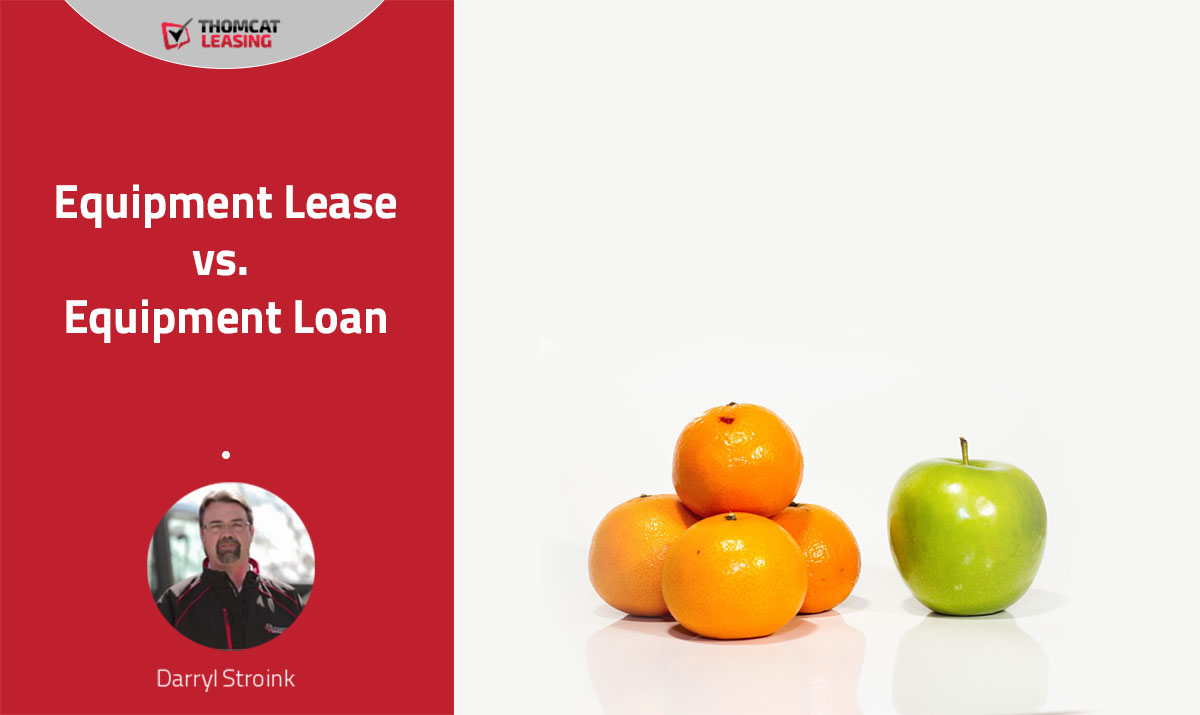
Compare the Two Most Popular Equipment Financing Options
Equipment leases and loans are a great way for businesses to grow strategically without tying up their cash flow or limiting their future flexibility. It’s rare that a business can drop the cash necessary for a large equipment purchase. Cash flow runs business, and it’s all about leveraging it to your profit.
That’s where financing comes in. Leases and loans allow you to break up that lump sum into manageable pieces – and let you to earn money with the equipment while paying it off.
Though they seem to function the same, leases and loans are not the same thing. It’s important to understand those differences and choose the one that will provide the greatest benefit in your situation.
We’ve put together a handy comparison table to help you see the difference between an equipment lease and equipment loan.
Lease vs. Loan Comparison Chart
| LEASE | LOAN | |
| Payment Terms | Flexible.
Monthly, semi-monthly, bi-monthly, annual, quarterly, and seasonal. Leasing offers the greatest flexibility to match payments to your cash-flow. |
Standardized.
Monthly payments are the most common form of loan repayment. However, some banks can work with you to arrange alternative payment schedules. |
| Ownership | The lessor owns the equipment.
You can assume ownership of the leased equipment for $10 or 10% at the end of your lease term. There are a number of different end of lease options. Look into your options before signing your lease. |
Your business owns the equipment.
Your business takes on all ownership responsibilities at the start of the loan. |
| Down Payments | Rarely.
Usually, no down payment is required on a lease. |
Commonly.
Usually, a 5% – 20% down payment is required. |
| Collateral | Secured to the equipment.
The leased equipment is the collateral. Most lease agreements don’t require any other collateral. |
Secured to your business assets.
Unless you have very strong credit, you will most commonly be required to pledge additional assets as collateral. |
| Maintenance & Usage Schedules | All maintenance and repair costs are your business’s responsibility. | All maintenance and repair costs are your business’s responsibility. |
| Payment Amount | Determined by the purchase price, payment plan selected, and end of lease arrangements. | Determined by the purchase price, down payment amount, and interest rate. |
| Tax Benefits | Your entire lease payment is deductible as a business tax expense. | Only the interest portion of your payments are deductible as a business expense.
However, you can claim the yearly CCA (Capital Cost Allowance) portion (rates set by CRA). |
| GST/HST & PST | Applied to each payment.
The GST/HST and PST generated by the equipment purchase is spread out over the entire lease term – no upfront lump payment. This can be a benefit if you end up trading in equipment prior to the end of your lease. You will also be able to claim a small ITC (Input Tax Credit) on each payment. |
Applied to the initial purchase.
The GST/HST and PST generated by the equipment purchase is paid up front. Your business claims one large ITC at the time of purchase. The bank may be able to roll the GST/HST into the loan amount, however this will usually eliminate any ITC from the purchase. |
| Is it Debt? | No.
Leasing is not considered debt. Your debt load and credit limits are rarely affected by leasing. |
Yes.
Loans are cash debt. Your debt load and credit limits are affected. |
| Obsolete Equipment Protection | Upgrade anytime.
Your business will own the equipment after completing the $10 or 10% purchase option. See ownership. |
None.
Your business owns the equipment. Resale is your business’s responsibility. |
| Approval Process | Fast. As little as 10 minutes.
Leases require minimal paperwork and generally allow for approvals in less than a day. Be aware however, that higher value equipment and riskier credit situations can lead to longer approval times. |
Slow. Weeks.
Loans require significant financial documentation. A typical bank loan takes between 2 and 4 weeks to clear. High debt or a poor credit rating will make securing a loan very difficult. |
Please note: You should consult your accountant about your tax & financial benefits and responsibilities before taking on a lease or loan.
Are You a Lease or Loan Business?
Both types of equipment financing serve a purpose. Both can be powerful tools for business growth. Hopefully this gives you a clearer picture of what each type of financing has to offer – and more importantly, how they can benefit your business. After that, the choice is yours.
Get fast approvals, personal service, and great rates on your equipment leasing from Thomcat Leasing. Give our friendly team a call (1-877-846-6228). Or dive right in with a quick FREE equipment lease estimate. See for yourself how affordable leasing can be!


